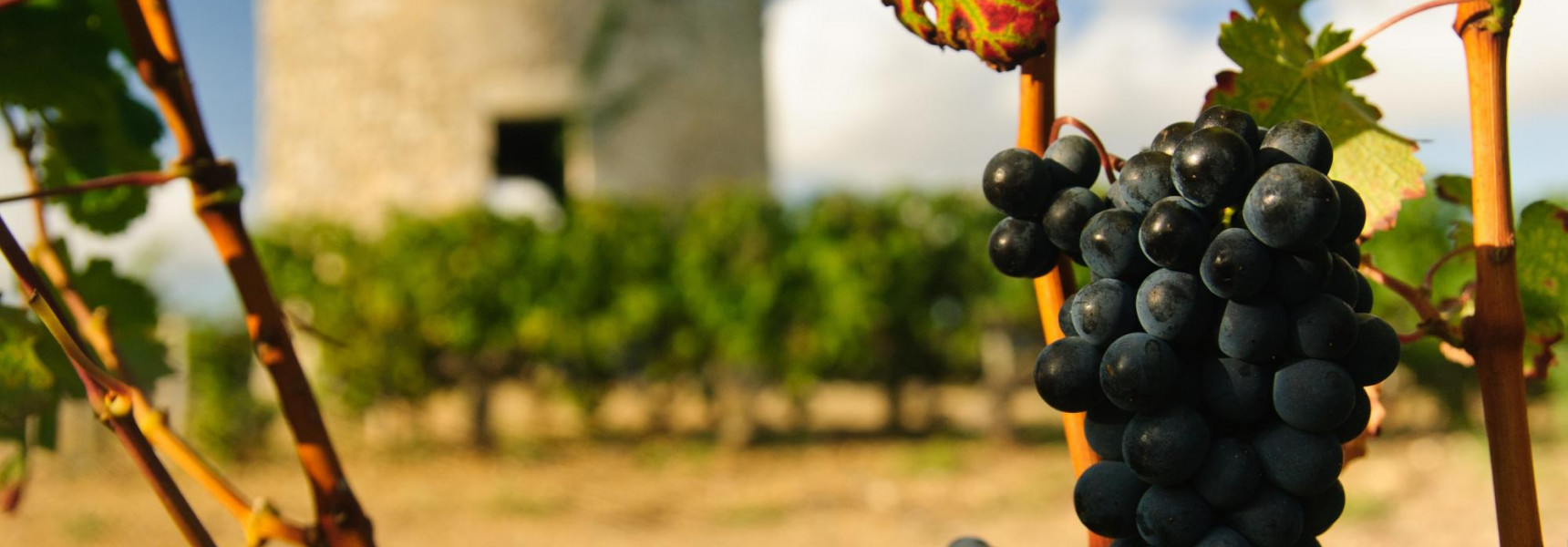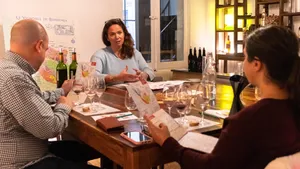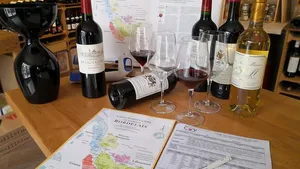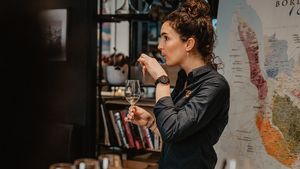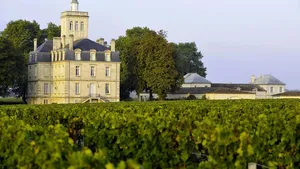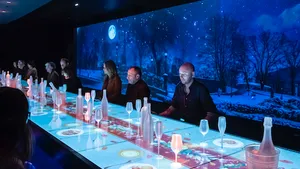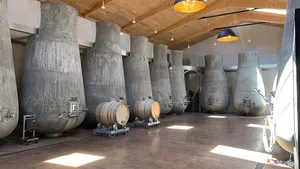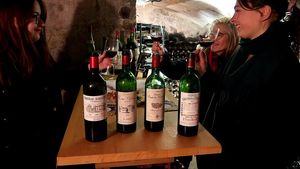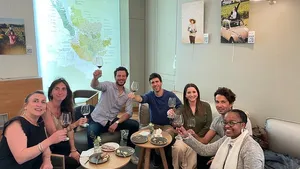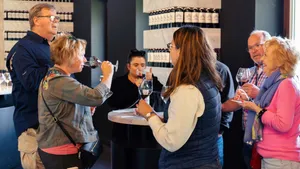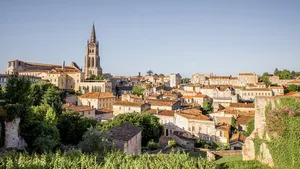Wine Tours
Bordeaux
Published: 29 Jul 2022
From the most experienced sommeliers to those only just starting out on their quest for wisdom, the history of the Bordeaux wine region stretches back generations. After all, there are few more iconic wine-producing regions than Bordeaux in France.
Boasting a host of chateaux and vineyards that stretch for miles, Bordeaux sets the standard for vintners all across the world. Producing some of the finest of the old world wines (and arguably, the best wines in history), the origin of Bordeaux as a famous wine region started thousands of years ago... and here we take a dive into the history of this storied location.

What is the History of the Bordeaux Wine Region
When we speak of the Bordeaux wine region, we're referencing a specific stretch of land around the French city of Bordeaux. A port city, Bordeaux is situated in the southwest of France and is known for its rich history and culture, boasting castles and monuments across the landscape.
However, it is probably best known as the world capital of wine, with the Bordeaux wine region stretching out for around sixty miles surrounding the city. Vineyards flourish along the city’s three rivers, thriving in the short, balmy winters and warm, humid summers.
Nowadays, there are thirty-eight sub-regions within the wider wine region of Bordeaux, producing a variety of wines at varying price points. While Bordeaux is shorthand for quality and wine expertise in contemporary times, this was not always the case.
When was Bordeaux Wine Invented?
When exactly the production of wine in Bordeaux began can be challenging to pinpoint, but popular belief is that production did not begin until after 43AD. At this time, the Romans had occupied Gaul (known today as France, as well as parts of Germany, Italy and Belgium), and cultivated vineyards so that the many soldiers would have access to wine. While this is thought to be the first establishment of vineyards in the Bordeaux area, records were not kept on this topic until 71AD.
Either way, it is safe to say that the production of wine in Bordeaux is not a modern trend, and has been active for over two thousand years.

What are the Origins of the Bordeaux Wine Region?
Of course, the vines that were used to establish the original Bordeaux vineyards had to come from somewhere. While the climate and the large estuary were ideal for vines, they were not initially native to this area of France. Rather, it is suspected that the Romans brought the original vines with them from Spain, specifically the area of Rioja - also known for its marvellous wine production!
Though the Romans were successful in producing wine in Bordeaux, the vineyards were damaged by invasions after the fall of Rome, and struggled to remain successful and established until the 5th century.
How did Bordeaux wine become well known?
While Bordeaux wine was popular in France, there was little export - the Romans were aware that the area’s location on the Atlantic Ocean made it an excellent choice as a trade route, but the wine was produced for primarily domestic use. In fact, it was not until much later in history that Bordeaux wine became known in other parts of the globe. Part of this was due to the small areas of land that the vineyards covered, meaning that only small amounts of wine were able to be produced - unlikely now, with modern machinery.
All of this took a turn in the 12th century, when Bordeaux claret began to be exported in exchange for necessary goods - this was due to the English occupation of the area through royal marriage. As time went on, Bordeaux continued to enjoy a privileged trade relationship with England, so Bordeaux wine became the most widely known French wine by English consumers.

Why is Bordeaux so Famous for Wine?
The Bordeaux Wine Official Classification of 1855 set the standard for wines, classifying each of the best wines in the area for clarity among visitors. The rankings and quality were decided based on various factors such as the reputation of the chateau and the price at which the wine was sold. While the contemporary wine community believes the 1855 Classification to be outdated, it is a good indicator of how Bordeaux wine was viewed on the world stage at the time.
Times have changed and occupations have come and gone, but Bordeaux wine has remained a stalwart not just in France, but throughout the wider world. This is truly a story of survival - and it all comes down to the grapes that thrive in this area.
In the late 1800s, the wine region was struck with a blight that destroyed nearly all of the most notable Bordeaux vineyards. The wine industry might have been ruined once and for all, however, through quick thinking, the now-native vines were grafted onto American rootstock from Missouri. This was resistant to the infestations and saved some of the most popular varieties of Bordeaux grapes known today.
What are the Leading Grapes of Bordeaux?
In modern times, Bordeaux is known to have some leading varieties of grapes used to create the rich and delicious wines beloved by so many. These grapes are the ones which survived the 1875-1892 blight and still remain. The most well known Bordeaux grapes now are Cabernet Sauvignon, Merlot, Sauvignon blanc and Semillon, as well as Muscadelle.
Interestingly, five types of grapes are popularly known as the five noble grapes of Bordeaux, which are blended to create the renowned Red Bordeaux - these are Malbec, Petit Verdot, Cabernet Sauvignon, Cabernet Franc, and arguably the most recognisable of all, Merlot.
Explore the Bordeaux Wine Region with tabl.
The history of the Bordeaux wine region is well-worth uncovering for any wine aficionado or even if you're just after a local wine tasting experience, set against a stunning backdrop. It's certainly worth a visit and with the help of our wine tours in Bordeaux, you'll soon come away with the most educated of palettes.
Keep exploring...
Find more amazing tabl. experiences to visit




